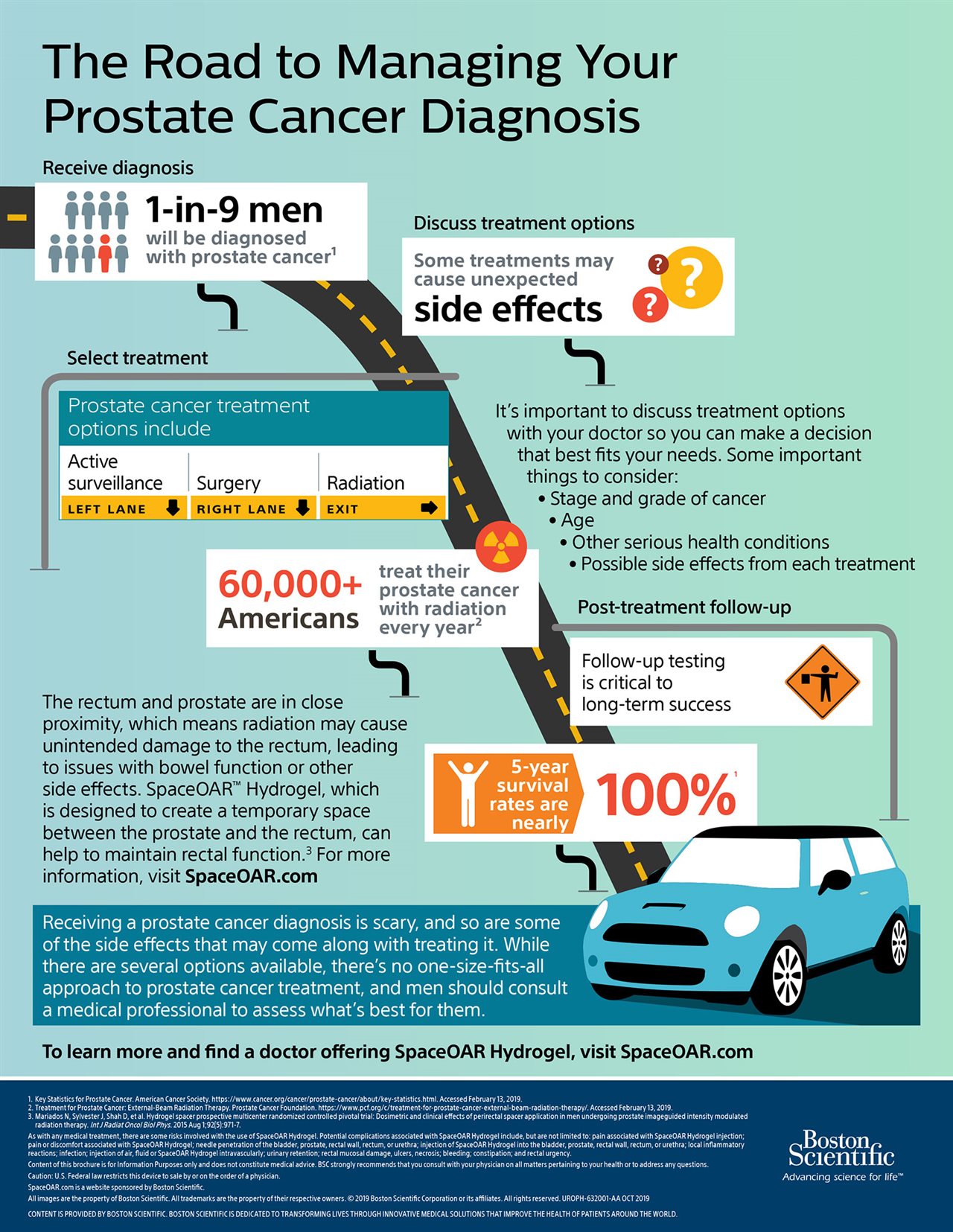2019-12-02T07:03:00
(BPT) – Although they’re widely used and an important part of our lives, most people find credit scores confusing. Often, consumers have a lack of accurate information about how and why credit reports and scores are used by lenders. Credit reports and scores allow banks and creditors to determine their risk in lending money to you, whether for a mortgage, car or other loan. Your credit history shows how likely you are to handle your debt responsibly — and pay it back in a timely manner.
Here are some common beliefs about credit scores, and the reality behind them.
MYTH #1: To boost your credit score quickly, leave a balance on credit cards.
FACT: Carrying a balance every month will not build your credit score any faster. What impacts your credit score more is the length of time you’ve held the credit accounts, a low balance and on-time payments. Since carrying a balance means paying interest, it’s better for you to keep balances low or at zero.
MYTH #2: Not using credit cards is the best way to improve your credit score.
FACT: It’s a good idea to keep all of your credit cards active by engaging in a small amount of activity every month or two, and then paying your bills on time. This will improve your history of on-time payments, and will keep more available open credit. Credit scores are often improved by having no more than 30% of your available credit in use at any given time.
MYTH #3: People have only one credit score.
FACT: Many scoring models are used, and they weigh items in your credit history differently. Some scoring models scan your credit report at one point in time, giving a snapshot that’s limited in understanding your overall credit picture. VantageScore 4.0, which is one of the models often used by lenders, is different because it takes advantage of trended credit data newly available from all three national credit reporting companies (CRCs). By capturing the trajectory of borrowing and payment behaviors, trended credit data provides a more precise, holistic view of consumer habits.
MYTH #4: Closing an unused credit card will boost your score.
FACT: It’s better for your credit score to have credit accounts open longer, and having more credit available to you improves your credit utilization ratio.
MYTH #5: Anytime someone checks your credit, the score goes down.
FACT: There is a grain of truth in this myth. If you check your own credit score, however, your score will not go down. When a creditor or lender checks your score, it’s called a “hard inquiry.” One or two hard inquiries won’t affect your score negatively, but several inquiries show you are actively looking for credit, which will lower your score. However, the VantageScore model uses a 14-day rolling window, so all inquiries within that window are considered as one inquiry, regardless of the type of account. It is assumed you’re shopping around for a rate, not necessarily opening up multiple lines of credit.
MYTH #6: If you get married, your credit score is joined with your spouse’s.
FACT: Your spouse’s credit is joined to yours only in this way: if you have joint credit card, loan or mortgage accounts, or if you co-sign a loan for one another, the payment history and available credit on any joint account will show up on both of your credit reports. Any account in just your name or your spouse’s will only show up on that person’s credit report.
MYTH #7: The credit score you check is the same credit score lenders use.
FACT: Lenders may use different models to assess your credit report, depending on the purpose and type of loan or credit. The score you might access to check your own score is not likely the same score a lender might use, and that score might have updated. Use the scores you access online as directional indications of your creditworthiness but understand that ultimately a lender has access to many different scores and information to arrive at a decision.
MYTH #8: Having a “bad” credit score means never being approved for a loan
FACT: While having a lower credit score could mean being turned down for a loan or credit, it’s also possible that you may be approved — but for less desirable terms, such as being charged a higher interest rate or having to pay a security deposit, depending on the type of loan.
Now that we’ve cleared the air on common credit score myths, take the next step and learn how to improve it. Don’t worry! If your score isn’t where you want it to be, it’s never too late to work on it as a personal goal. Listen to The VantageScore Podcast for an intimate conversation with the leaders in the credit industry and understand the landscape of the past, present and future of credit.




